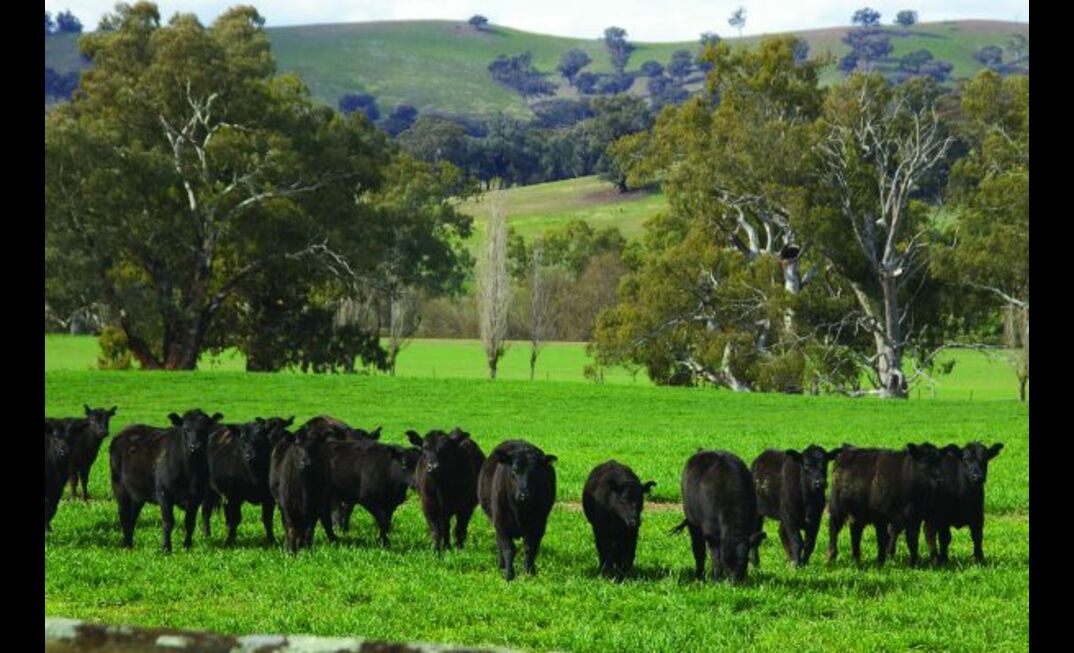With above average rainfall predicted across New South Wales and parts of Queensland, the nation's cattle herd rebuild is set to continue as reported in MLA's first Cattle Industry Projections update for 2022.
MLA's market information manager, Stephen Bignell, said that the ongoing rebuild is positive for the red meat and livestock industry, however the pace of the rebuild will vary across different states, underpinned by a third year of favourable seasonal conditions for southern Australia.
"Herds in the southern states of New South Wales and Victoria will mature favourably, with large numbers of high-quality young breeding females and heifers joined to deliver a large cohort of claves for the 2022 spring. Females will be well nourished from abundant and good quality pastures promoting favourable growing conditions," Bignell said.
"While the southern states are accelerating their rebuilds, success in the north will be ongoing, albeit at a slower pace.
"While Queensland's rebuild has been aided by excellent spring and summer rainfall events in central and southern parts of the state, the northern pastoral system requires a positive end to the 2022 wet season before it's rebuild can definitively begin in 2023," he said.
The northern systems rebuild is currently reliant upon successive favourable wet seasons occurring in 2022 and 2023 to deliver the core breeding herd an opportunity to increase joining percentages and branding rates.
Increased supply will see slaughter numbers increased by 11 per cent in 2022, with production volumes expected to reach 2.98 million tonnes, a positive sign for export markets, Bignell stated.
"Following a challenging 2021 for export markets, Australian beef will enter a significant high-value export market when the Australia-UK Free Trade Agreement comes into effect later this year," he said.
"As many countries continue to recover from the pandemic, demand for Australian beef is expected to grow in line with improving supply of cattle from the second half of 2022.
"However, headwinds remain for the industry in 2022 with transportation, staff shortages and the potential for the Australian dollar to appreciate all challenges for industry to manage.
"While these challenges remain, the beef industry is experiencing market conditions and confidence never seen before at a producer level. Overall, the industry is in an incredibly positive position and will continue to deliver high value, high quality Australian red meat to both emerging and established global markets," Bignell said.
























